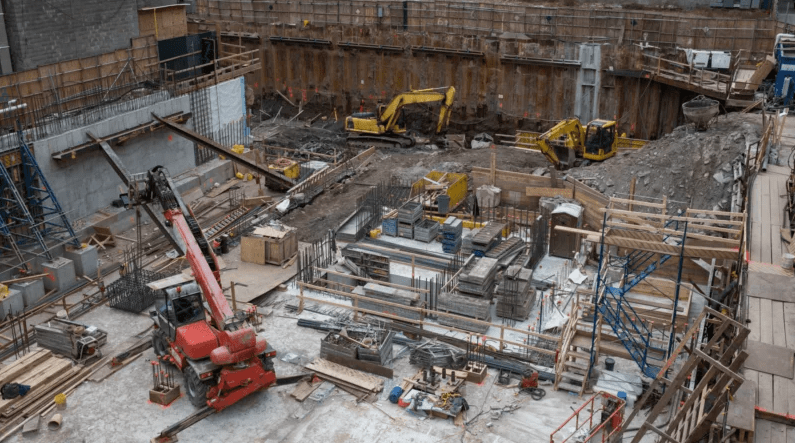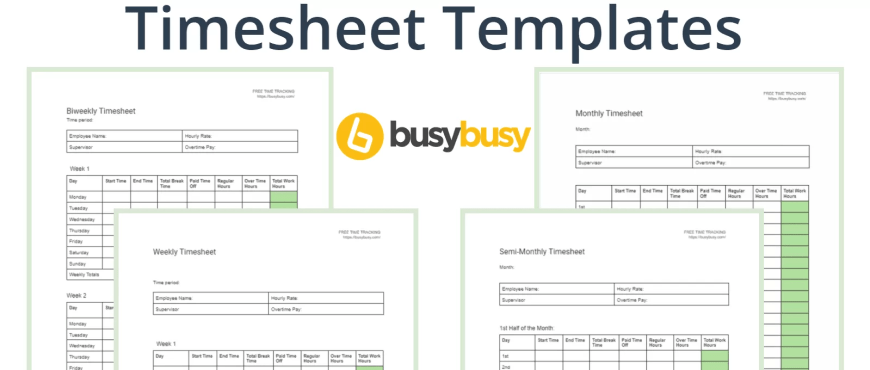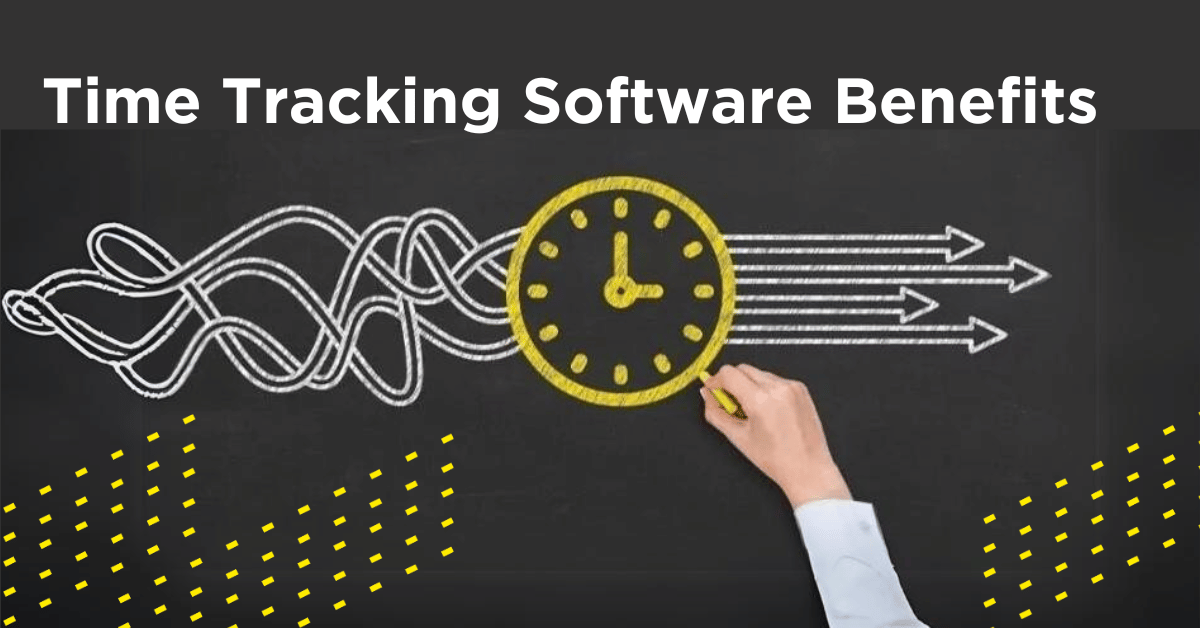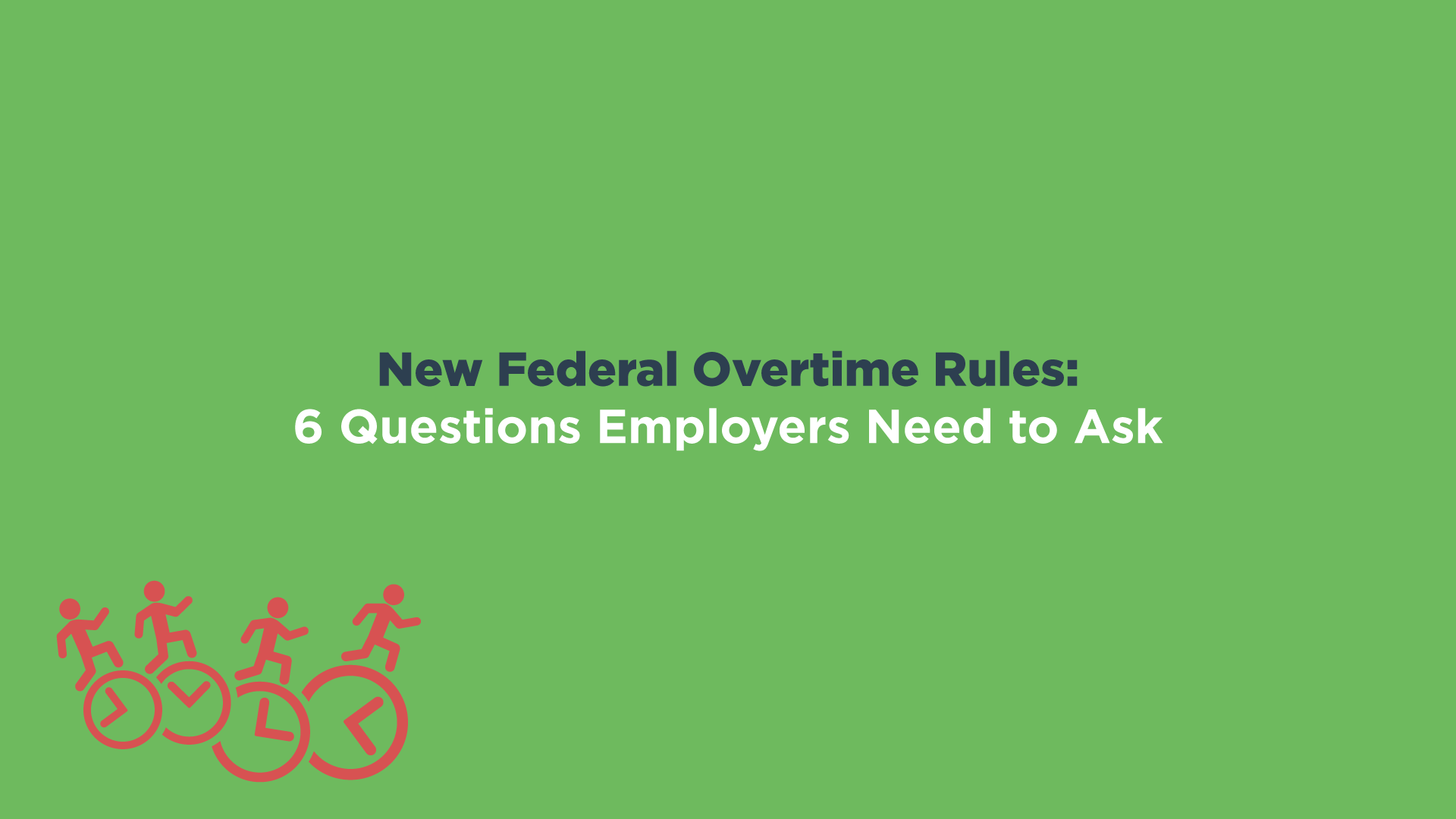
The most popular time tracking apps and software packages for the construction industry share some common features. They are all, in their separate ways, pretty amazing digital technology tools, based on cloud platforms, data files, and the Internet of Things.
Some are wearable, some are even implantable, but most fit nicely on your mobile phone, tablet, and office computers. They all do certain things very well.
Covering The Time Tracking Basics
First and foremost, mobile time tracking apps eliminate the physical double-entry process of reporting from paper time cards to digital payroll systems. They reduce or eliminate the mental and moral mistakes that have historically plagued the accuracy of hourly activity reporting on paper-based or mechanical systems.
Most of the popular apps take all that improved accuracy and report it back out as reliable business intelligence that simplifies and magnifies the analysis of estimates against actuals. Bidding and job performance details can be broken down into small variables that collectively make a big difference in the bottom line.
So what is it that sets these handy tech tools apart from one another? What makes any one of these timekeeping apps look like a better business decision than the others? What makes the biggest difference in time tracking for construction workers?
The three most readily identifiable criteria are cost, convenience, and compatibility.
How Much Does A Time Tracking App Cost?
One obvious answer, all other things being equal, is the price. But, faithful to the nature of the app universe in general, subscription rates are low, and less for construction timekeeping apps on a per user per month basis. There’s a rough price baseline of $7-12 for different entry levels of service inclusions and integrations. Outliers, by definition, are not too common.
One such outlier is busybusy, which offers the option of permanent free digital mobile time sheets and payroll totals for up to 100 employees. There are other outliers at the upper end of the software as a service (SaaS) market. Some of these include time tracking modules within enterprise-wide business intelligence systems and require a whole other scale of capital and cultural investment.
Is The Time Tracking App Easy To Learn?
The commitment of a business to keep accurate track of employee time is a significant one. It requires adoption and mastery of a system to record and describe important details about the use of time. This system then provides a set of data which has to go through a process of analysis before it’s of much use.
So there’s another price to pay in administration setup and adoption issues among employees. A cultural change around the use of real-time self-reporting has to become part of a formal crew accountability system. The easier this is to accomplish, the more likely it is to succeed.
Changes in attitude around issues of time and production value can be motivated in part by easy access and convenient use of the app on phones and tablets. This ease of use can reveal opportunities for greater efficiencies as the tech roll-out gains traction, and user inputs become more familiar and automatic. Easy convenience is going to be a key difference-maker in both the short and the long run.
Does The Time Tracking App Integrate With Other Systems?
The ease of integrating a time tracking app with core construction business systems like Quickbooks, Procore, Foundation, Caterpillar Connect and other SaaS platforms is a central factor in the choice of which app to adopt. If a time tracking app is to be the first piece of business management software, the question is whether other systems will integrate well with it in the future.
You can get a proper evaluation of each app’s compatibility by checking out the partners who offer one-touch integrations. You can also observe the range of available or in development application program interfaces (APIs) used to create new program integrations. These APIs allow for customizable solutions within an integrated enterprise software environment. Here again, busybusy stands out with an extensive and still growing slate of API integrations.
Cost, Convenience, Compatibility, and Culture
They say those who do not understand history are destined to repeat it. If there are weak links in your chain of business value, they can be costing you money. If you’re not sure where and why you’re losing money, chances are you’re going to lose some more. And that’s never good for business.
One of the only free time keeping apps designed by contractors specifically for construction busybusy stands out as the ideal first step in the evolution toward maximizing digital productivity gains. Because of the slow pace of digitization in construction so far, there are still big advantages for early movers in the networked world of construction technology.
10 Ways Construction Time Tracking Softwares Improve Culture
A time tracking app can add a sense of job control and a performance focus to the employee’s role if it is developed as part of a cultural change in attitudes. Employees are empowered around contributing to financial risk reduction and personal accountability for accurate labor and equipment cost data.
Some of the leading benefits that employees can immediately take responsibility and credit for are included in this list of the top 10 immediate advantages of using a time tracking app.
- Keep jobs and tasks on track. Employees and supervisors can check job codes and updates to notes for next steps.
- Improve the accuracy of estimates, quotes, and bid proposals. Improve customer visibility into project activities, job complexity, and cost allocations.
- Bill customers for all work completed for all parts of a project, including small side projects and additional work from onsite (unquoted) customer requests.
- Track subcontractor onsite hours and activities. Compare the performance of different subcontractors to identify the most efficient providers.
- Keep projects on schedule. Respond in real time to variations and delays. Keep project milestones on target, customers happy and payment schedules on time.
- Set strategic planning in motion using historical analysis of selected activity-based costing and project comparisons.
- Set and adjust pricing levels to produce target profit margins based on actual labor and equipment costs.
- Analyze and prioritize individual and team performance by activity and project results to identify top performers and best practices.
- Avoid cost overruns on projects where labor is cost-based at regular hourly rates to ensure no overtime accrues to that project.
- Identify activities that consistently deviate from cost estimates. Target appropriate improvements in training, tools, technology, or costing, as needed.
When employees see the added value of the digital data they supply, they can share in the ownership of the results achieved by the company. That level of employee engagement and commitment is one sure way to judge the standout quality of a construction time tracking app.











